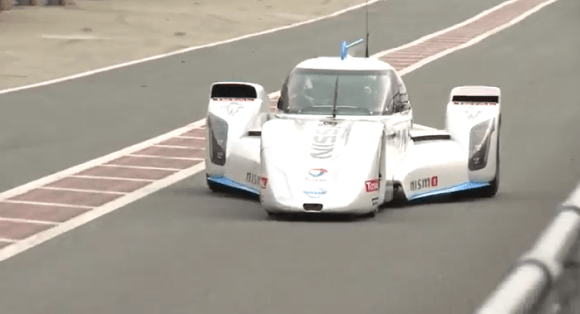
Most if the time, video games and sports cars are two of the more trivial things in life. That said, sometimes it’s those non-productive luxuries that give us the recharge we need to be industrious in our daily grind. Some people draw energy and inspiration from an afternoon spent with a good book or favorite album, others get it from a few hours working a PS4 controller or rowing through a crisp-shifting gearbox.
Competitive gaming and motorsports are getting another boost in legitimacy this summer, as the first has led to a job for some talented virtual racers, and their team’s car is helping pave the way for cleaner, more efficient engines.
When Sony released the first title in its Gran Turismo racing series for the original PlayStation in 1997, its extensive line-up of cars was the first things many gamers noticed. Deep down, though, what truly set the title apart was its commitment to accurately recreating the science of racing, with a simulation so detailed it was practically a substitute for high school physics.
Things have only gotten more realistic with the game’s many sequels, and in 2008, Sony partnered with Nissan to set up the GT Academy. The project’s aim was to see if Gran Turismo’s goal of taking real racing and putting it into a video game could be done in reverse. In other words, would it be possible to use the game to teach the fundamentals of road racing, hold a tournament to find the most talented players, and turn them into professional racers in the real world?
This year, a few graduates of the GT Academy will be getting a chance to shine as they head to France to compete in the most grueling high-speed endurance race in the world, the 24 Hours of Le Mans.
▼ The race venue, Circuit de la Sarthe
Rules for the day-long race stipulate each car must be driven by a group of at least three drivers, and Nissan will be sending a team comprised of 2008 GT Academy winner Lucas Ordonez, 2012 winner Wolfgand Reip, and veteran Japanese driver Satoshi Motoyama. This year marks the Spanish Ordonez’s fourth consecutive trip to the French endurance race, with his best performance to-date being a second-in-class finish in 2011.
Fitting for racers from such a high-tech background, the car Nissan is supplying, the ZEOD RC, combines a futuristic look with cutting-edge technology.
Let’s start with the least impressive bullet point: its engine is a derivative of the one that powers Nissan’s compact SUV/eyesore, the Juke.
The ZEOD RC’s version has had a few tweaks made to it, though, and the 1.5-liter, three-cylinder engine now pumps out a staggering 400 horsepower. It’s also coupled with an electric motor, which should help give it an edge during the extended race at Le Mans, where fuel-efficiency (and reduced time spent in the pits refueling), is as critical as following the proper racing line.
In many hybrid racers, the electric motor is used in conjunction with the gas engine, helping to provide stronger acceleration. The ZEOD RC works differently though, as the motor and engine take turns powering the car alone.
▼ The view inside the cockpit
▼ And the view from the cockpit
Each car completes hundreds of laps of the circuit during the race. Nissan says that its car’s kinetic energy recovery system, which stores energy when the ZEOD RC is breaking, can fully charge the motor in about 10 laps. Once this is done, the car can complete a full lap running only off the motor, after which it will switch back to the gas engine and continue charging again.
The starting flag for this year’s 24 Hours of Le Mans drops on June 14. The competition continues through the night, and on June 15 we’ll find out whether Nissan’s team stands atop the podium at Le Mans, or whether Hiroshima-based Mazda is still the sole Japanese-constructor with that honor.
Source: Engadget Japan
Top image: YouTube
Insert images: Will Pittenger/Wikimedia, YouTube, Nissan, YouTube (2)

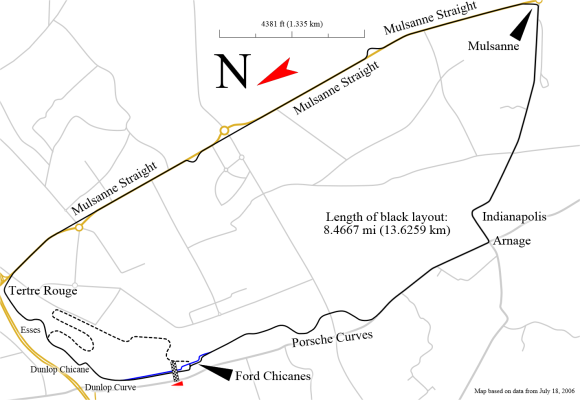

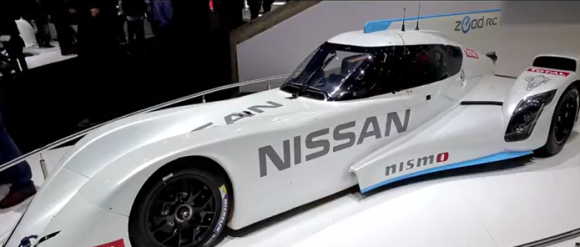
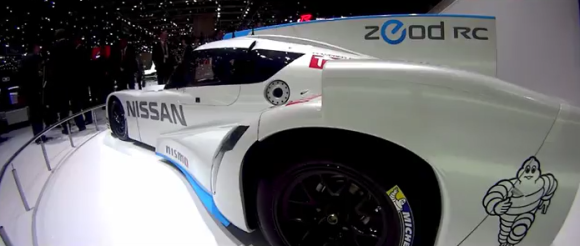

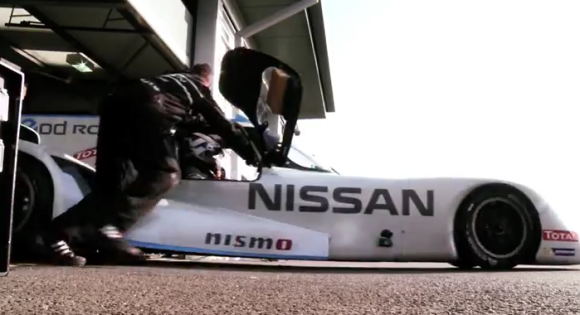
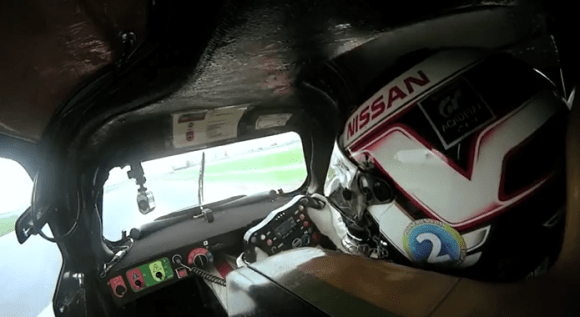
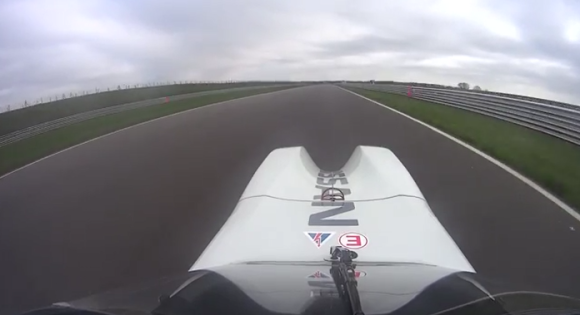
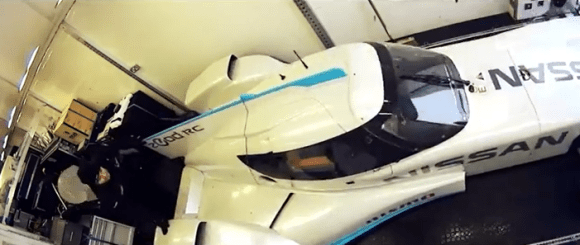
 You can drive this car with a PlayStation controller, meaning Gran Turismo is now real【Video】
You can drive this car with a PlayStation controller, meaning Gran Turismo is now real【Video】 A self-driving car that delivers ramen is Nissan’s newest automotive innovation【Video】
A self-driving car that delivers ramen is Nissan’s newest automotive innovation【Video】 10 car names Japanese bloggers think are funny to foreigners (and 8 that actually are!)
10 car names Japanese bloggers think are funny to foreigners (and 8 that actually are!) Can you make butter using a bottle of cream and a sports car? Mr. Sato’s Wild Ride 【Video】
Can you make butter using a bottle of cream and a sports car? Mr. Sato’s Wild Ride 【Video】 Oni-kyan wheel alignment: How to drift like the pros and baffle the spectators
Oni-kyan wheel alignment: How to drift like the pros and baffle the spectators Beautiful new Final Fantasy T-shirt collection on the way from Uniqlo【Photos】
Beautiful new Final Fantasy T-shirt collection on the way from Uniqlo【Photos】 Disney princesses get official manga makeovers for Manga Princess Cafe opening in Tokyo
Disney princesses get official manga makeovers for Manga Princess Cafe opening in Tokyo Foreign English teachers in Japan pick their favorite Japanese-language phrases【Survey】
Foreign English teachers in Japan pick their favorite Japanese-language phrases【Survey】 Randomly running into a great sushi lunch like this is one of the best things about eating in Tokyo
Randomly running into a great sushi lunch like this is one of the best things about eating in Tokyo Osaka’s creepy cute mascot speaks for first time, adds more fuel the creepy OR cute debate【Video】
Osaka’s creepy cute mascot speaks for first time, adds more fuel the creepy OR cute debate【Video】 Our reporter takes her 71-year-old mother to a visual kei concert for the first time
Our reporter takes her 71-year-old mother to a visual kei concert for the first time Cosplay indoors with new range of Taisho Roman schoolgirl costumes from Japan
Cosplay indoors with new range of Taisho Roman schoolgirl costumes from Japan A new meaty dawn for Akihabara as neighborhood’s best steak/hamburger steak restaurant reopens
A new meaty dawn for Akihabara as neighborhood’s best steak/hamburger steak restaurant reopens Mochi, the silent New Year killer, leaves nine dead and 128 hospitalized
Mochi, the silent New Year killer, leaves nine dead and 128 hospitalized Hey, Japanese taxi driver! Take us to your favorite restaurant in Tsuruga City!
Hey, Japanese taxi driver! Take us to your favorite restaurant in Tsuruga City! We try out “Chan Ramen”, an underground type of ramen popular in the ramen community
We try out “Chan Ramen”, an underground type of ramen popular in the ramen community New Studio Ghibli bedding sets are cool in all senses of the word
New Studio Ghibli bedding sets are cool in all senses of the word Our Japanese reporter visits Costco in the U.S., finds super American and very Japanese things
Our Japanese reporter visits Costco in the U.S., finds super American and very Japanese things New Pokémon cakes let you eat your way through Pikachu and all the Eevee evolutions
New Pokémon cakes let you eat your way through Pikachu and all the Eevee evolutions There’s a park inside Japan where you can also see Japan inside the park
There’s a park inside Japan where you can also see Japan inside the park Japanese convenience store packs a whole bento into an onigiri rice ball
Japanese convenience store packs a whole bento into an onigiri rice ball Hanton rice — a delicious regional food even most Japanese people don’t know about, but more should
Hanton rice — a delicious regional food even most Japanese people don’t know about, but more should Final Fantasy, Kingdom Hearts, and Dragon Quest pet product line announced by Square Enix
Final Fantasy, Kingdom Hearts, and Dragon Quest pet product line announced by Square Enix Studio Ghibli releases Kiki’s Delivery Service chocolate cake pouches in Japan
Studio Ghibli releases Kiki’s Delivery Service chocolate cake pouches in Japan Japan’s bone-breaking and record-breaking roller coaster is permanently shutting down
Japan’s bone-breaking and record-breaking roller coaster is permanently shutting down New definition of “Japanese whiskey” goes into effect to prevent fakes from fooling overseas buyers
New definition of “Japanese whiskey” goes into effect to prevent fakes from fooling overseas buyers Foreign passenger shoves conductor on one of the last full runs for Japan’s Thunderbird train
Foreign passenger shoves conductor on one of the last full runs for Japan’s Thunderbird train Kyoto bans tourists from geisha alleys in Gion, with fines for those who don’t follow rules
Kyoto bans tourists from geisha alleys in Gion, with fines for those who don’t follow rules Studio Ghibli unveils Mother’s Day gift set that captures the love in My Neighbour Totoro
Studio Ghibli unveils Mother’s Day gift set that captures the love in My Neighbour Totoro Domino’s Japan now sells…pizza ears?
Domino’s Japan now sells…pizza ears? Toyota built a life-sized Miraidon Pokémon and are letting people test drive it this weekend
Toyota built a life-sized Miraidon Pokémon and are letting people test drive it this weekend New Japanese KitKat flavour stars Sanrio characters, including Hello Kitty
New Japanese KitKat flavour stars Sanrio characters, including Hello Kitty Sales of Japan’s most convenient train ticket/shopping payment cards suspended indefinitely
Sales of Japan’s most convenient train ticket/shopping payment cards suspended indefinitely Sold-out Studio Ghibli desktop humidifiers are back so Totoro can help you through the dry season
Sold-out Studio Ghibli desktop humidifiers are back so Totoro can help you through the dry season Japanese government to make first change to romanization spelling rules since the 1950s
Japanese government to make first change to romanization spelling rules since the 1950s Ghibli founders Toshio Suzuki and Hayao Miyazaki contribute to Japanese whisky Totoro label design
Ghibli founders Toshio Suzuki and Hayao Miyazaki contribute to Japanese whisky Totoro label design Doraemon found buried at sea as scene from 1993 anime becomes real life【Photos】
Doraemon found buried at sea as scene from 1993 anime becomes real life【Photos】 Tokyo’s most famous Starbucks is closed
Tokyo’s most famous Starbucks is closed One Piece characters’ nationalities revealed, but fans have mixed opinions
One Piece characters’ nationalities revealed, but fans have mixed opinions We asked a Uniqlo employee what four things we should buy and their suggestions didn’t disappoint
We asked a Uniqlo employee what four things we should buy and their suggestions didn’t disappoint Princesses, fruits, and blacksmiths: Study reveals the 30 most unusual family names in Japan
Princesses, fruits, and blacksmiths: Study reveals the 30 most unusual family names in Japan Studio Ghibli’s new desktop Howl’s Moving Castle will take your stationery on an adventure
Studio Ghibli’s new desktop Howl’s Moving Castle will take your stationery on an adventure Nissan unveils the world’s first “Intelligent Parking Chair”【Video】
Nissan unveils the world’s first “Intelligent Parking Chair”【Video】 New Japanese video game lets you compete in an international toilet racing circuit
New Japanese video game lets you compete in an international toilet racing circuit Japanese race queens give their opinion on Formula 1 abolishing grid girls
Japanese race queens give their opinion on Formula 1 abolishing grid girls Chinese stuntman sets Guinness record for fastest lap on Nurburgring using only two-wheels
Chinese stuntman sets Guinness record for fastest lap on Nurburgring using only two-wheels Japanese cookie brand has a fun game for you to play while stuck at home: cookie racing!
Japanese cookie brand has a fun game for you to play while stuck at home: cookie racing! Japanese researchers redesign electric car to go farther than ever before on a single charge
Japanese researchers redesign electric car to go farther than ever before on a single charge Popular racing game developer Genki begins countdown, fans’ expectations build
Popular racing game developer Genki begins countdown, fans’ expectations build Sony set to make “aggressive” move into AR phone gaming market thanks to success of Pokémon GO
Sony set to make “aggressive” move into AR phone gaming market thanks to success of Pokémon GO Breathe easy – Toyota redesigning Prius plug-in hybrid to double car’s all-electric range
Breathe easy – Toyota redesigning Prius plug-in hybrid to double car’s all-electric range Nissan builds an origami car to celebrate the fifth birthday of its Juke crossover 【Video】
Nissan builds an origami car to celebrate the fifth birthday of its Juke crossover 【Video】 Sports car or fighter plane? American tuner’s Nissan GT-R looks like World War II’s Zero
Sports car or fighter plane? American tuner’s Nissan GT-R looks like World War II’s Zero Jaw-droppingly futuristic omnimeter transforms normal cars into space-age racers
Jaw-droppingly futuristic omnimeter transforms normal cars into space-age racers Japan’s hydrogen fuel cell stations begin to open, but are they worth the switch?
Japan’s hydrogen fuel cell stations begin to open, but are they worth the switch? Japanese “street racer” grannie takes mobility scooter into street, blocks traffic, doesn’t care
Japanese “street racer” grannie takes mobility scooter into street, blocks traffic, doesn’t care We test drive a Nissan GT-R Premium Edition T-spec in Japan
We test drive a Nissan GT-R Premium Edition T-spec in Japan
Leave a Reply